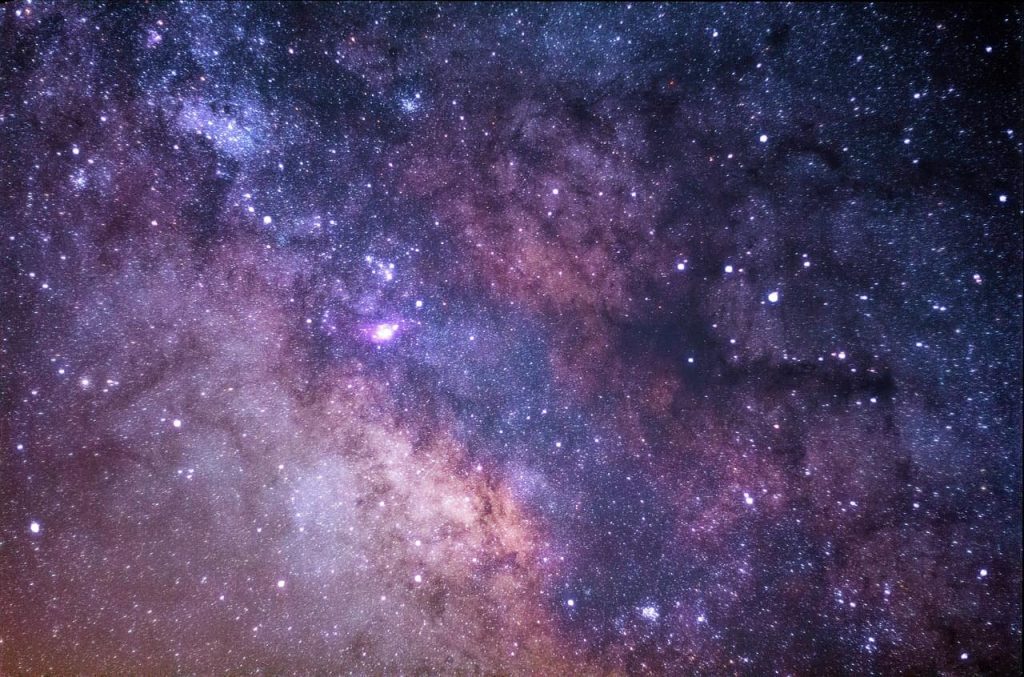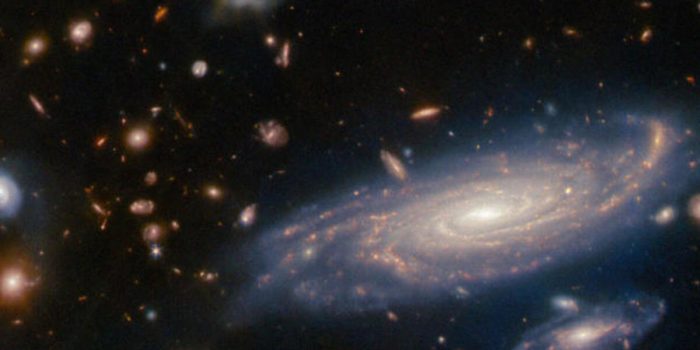Academics widely concur that the cosmos is estimated to have existed for approximately 13.7 billion years and is currently undergoing continuous growth. This consensus is supported by the observation of an occurrence known as “redshift,” where light appears to have a redder hue as objects move away from one another.
In the past, alternative explanations existed. Back in 1929, a Swiss stargazer named Fritz Zwicky presented an idea proposing that light weakens as it traverses vast distances, akin to experiencing fatigue. However, this notion did not align well with other evidence pertaining to the universe’s age and expansion rate. As a result, astronomers discarded it in favor of the prevailing redshift theory.

According to the prevailing view, the universe’s age is believed to be 13.7 billion years, and it is expanding. However, Rajendra Gupta, an astronomer from the University of Ottawa, has revisited Zwicky’s work and put forth a new hypothesis that reconciles the two models. Gupta suggests that the universe might actually be 26.7 billion years old, twice the commonly accepted age.
Gupta elucidates in a recent article published in the Monthly Notices of the Royal Astronomical Society that by allowing Zwicky’s theory of “tired light” to coexist with the expanding universe, it becomes conceivable to reinterpret redshift as a hybrid phenomenon rather than solely attributable to expansion.
As part of this fresh hypothesis, Gupta introduces the concept of evolving “coupling constants” that govern the interactions between particles. According to the astronomer, these constants may have varied over time, which could explain the redshift observations of early galaxies made by the James Webb telescope, spanning a range of several hundred million to several billion years.

This variability might potentially elucidate why the ancient galaxies observed by the James Webb telescope appear smaller than anticipated, despite their substantial mass.
Additionally, these changing coupling constants could offer an alternative explanation for the accelerating expansion of the universe, possibly supplanting the concept of the cosmological constant—a form of matter or energy, potentially dark matter.
This novel perspective on one of the universe’s profound enigmas has the potential to revolutionize our comprehension of its age. Nevertheless, it is important to acknowledge that Gupta’s hypothesis is speculative, and its acceptance within the scientific community will necessitate further investigation and consensus.


